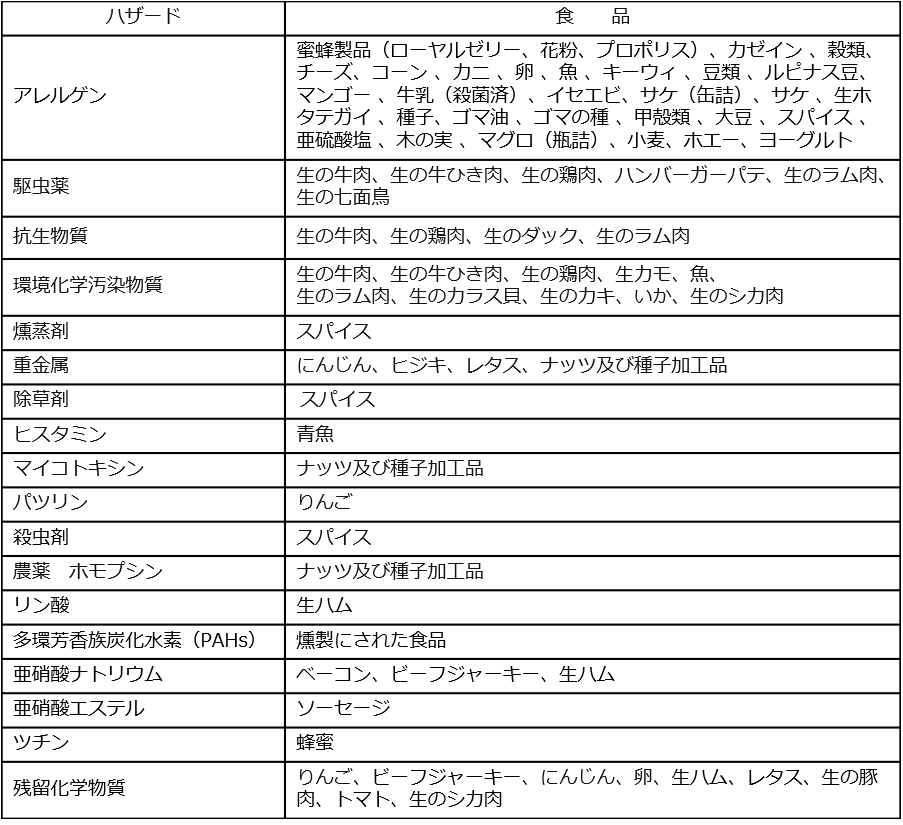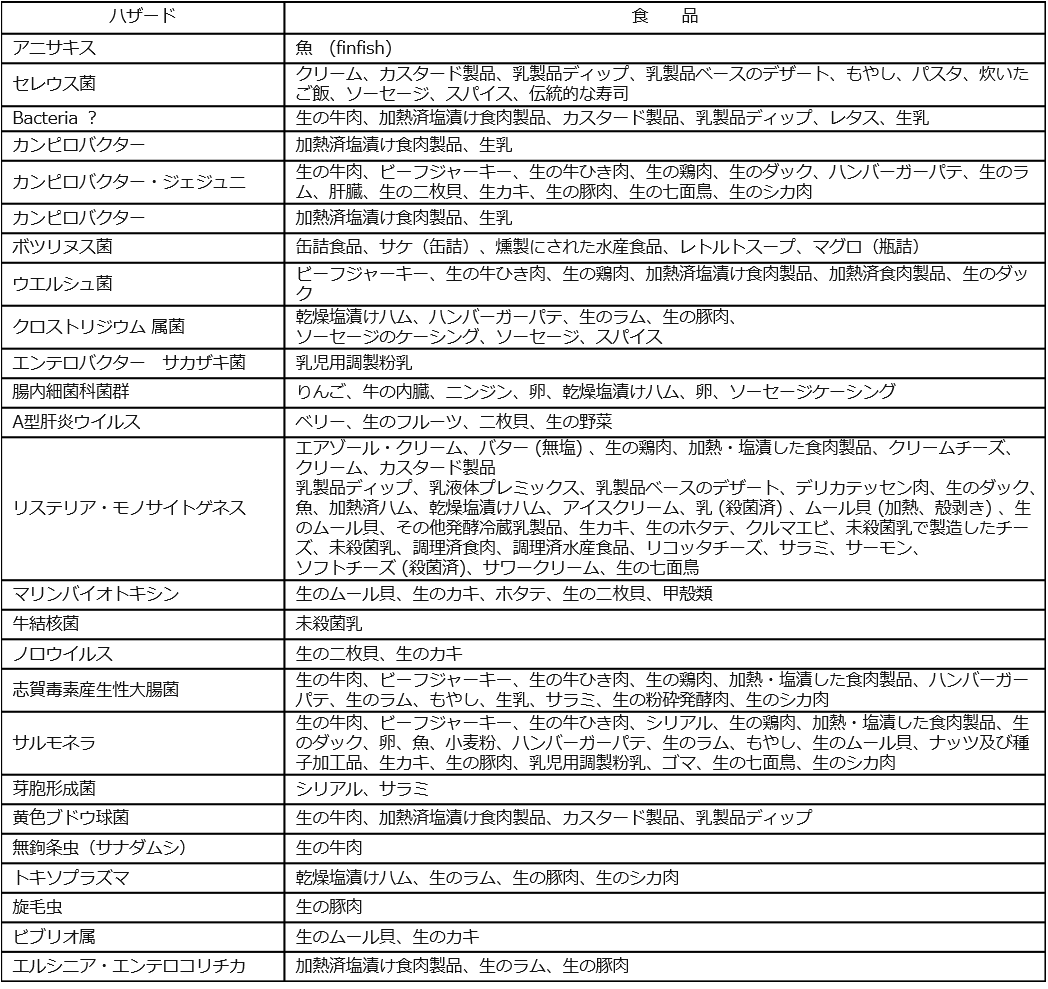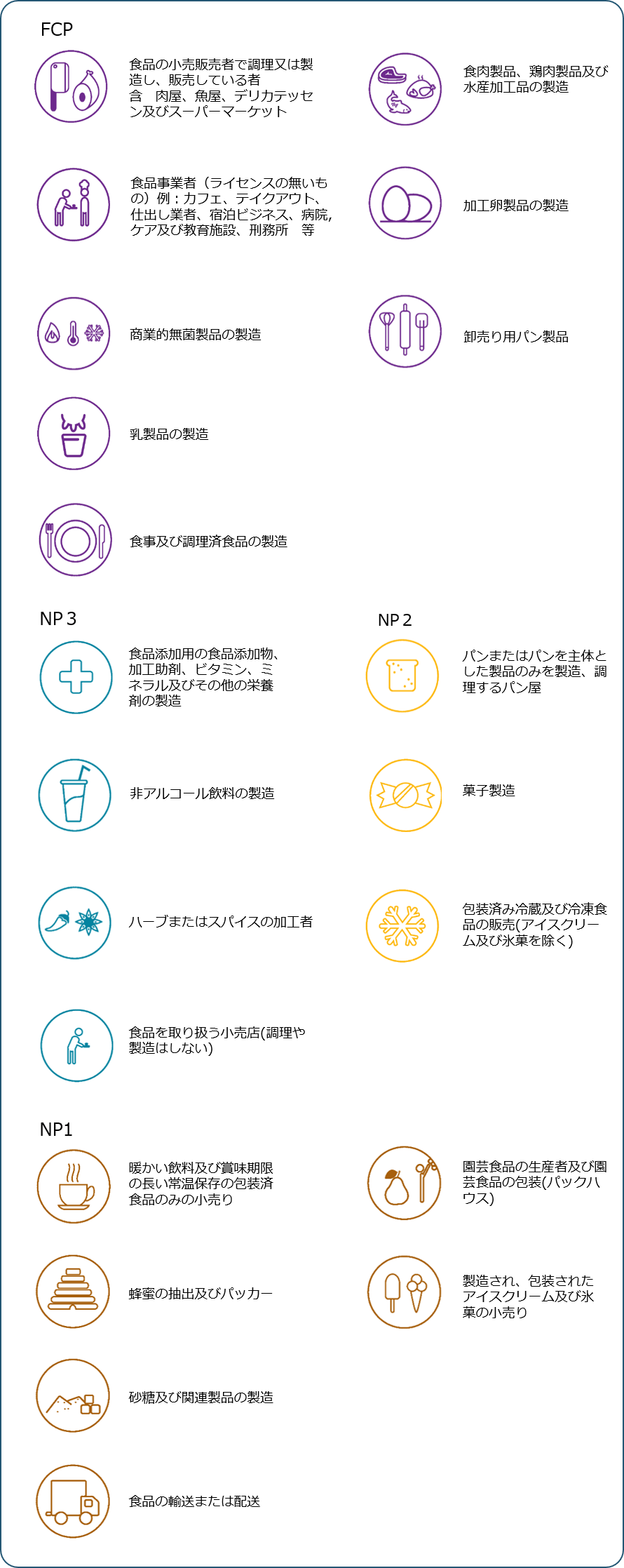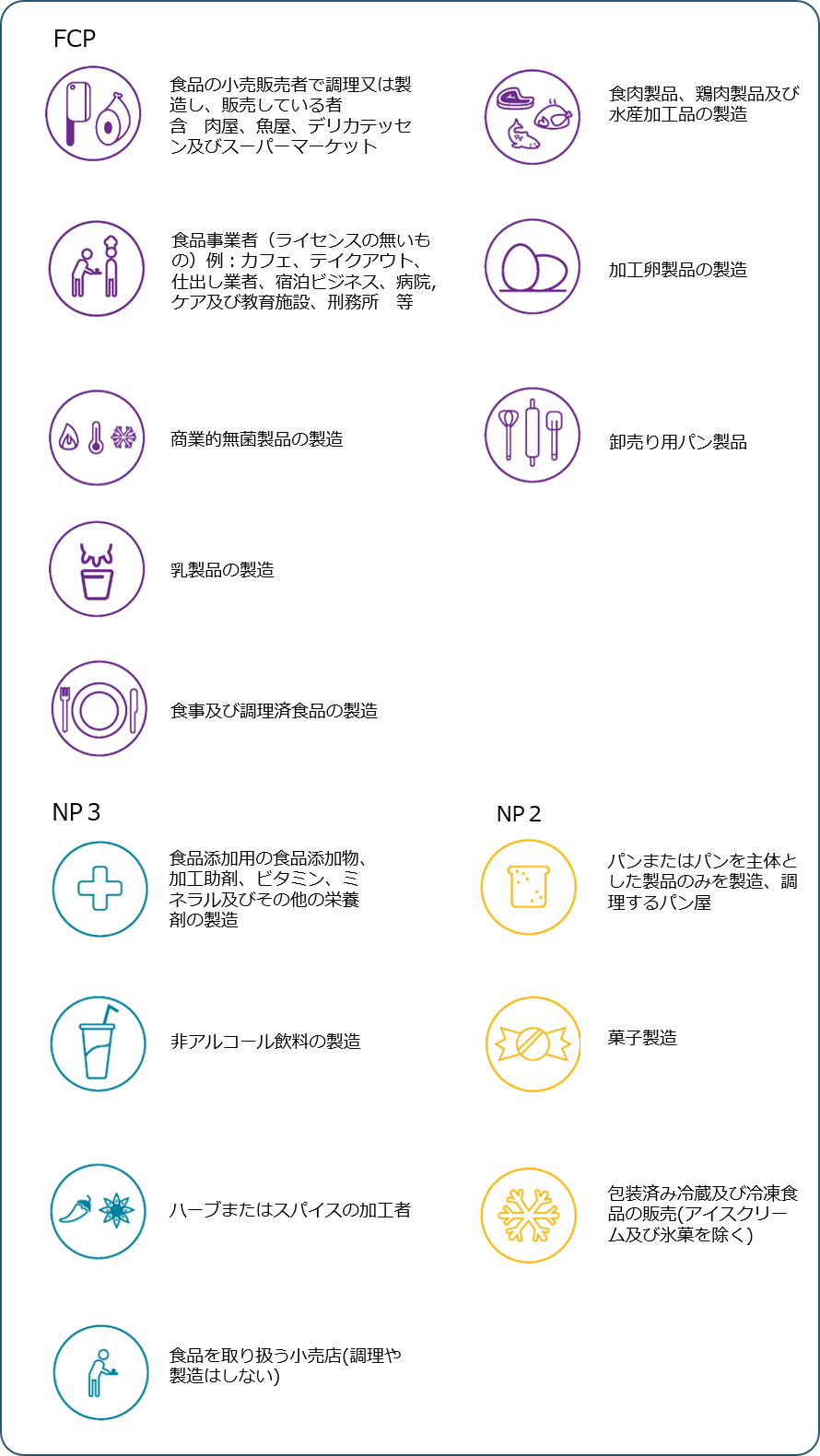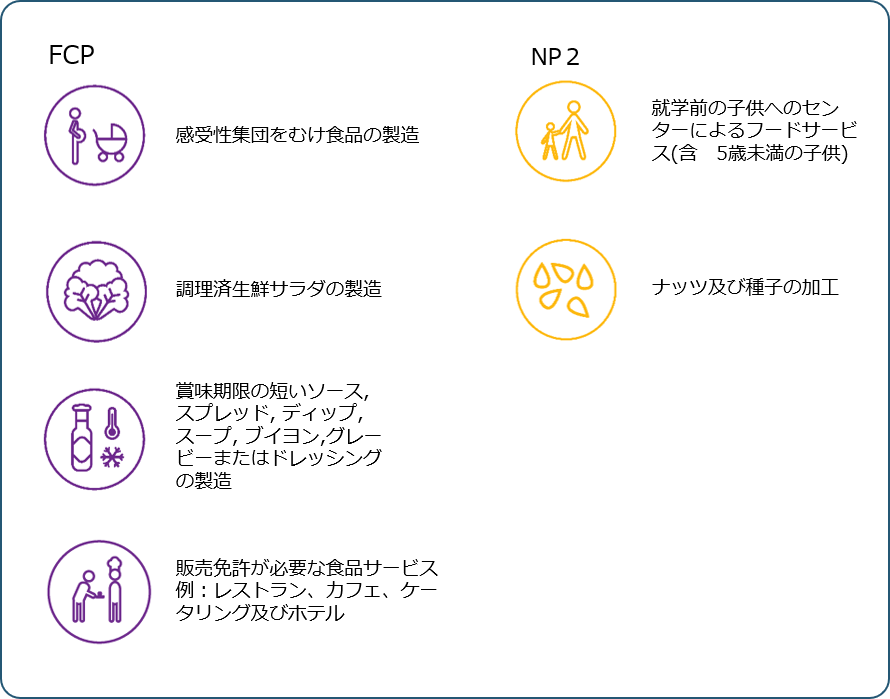予測微生物学
1.予測微生物学とは
1980年代後半以降欧米を中心として、食品中での微生物の増殖、死滅などの挙動を数学モデルを用いて予測しようとする研究が活発に行われてきた。この研究は予測(食品)微生物学と呼ばれている。その目的は食品の製造から流通、消費に至る全過程で有害(病原および腐敗)微生物の挙動を定量的に解析・予測することによって、食品の微生物学的安全性を確保することである。すなわち、数学モデルを使って販売あるいは喫食前にその食品中の有害微生物の菌数を推測することができる。さらに、食品に対する微生物学的リスク評価をする際にも道具として使える。一方、微生物の増殖および死滅について純粋に理論的な数学モデルを作り上げることは不可能であるため、予測微生物学ではそのモデルがいかに実際の挙動にフィットするかが鍵となる。
WhitingとBuchananは、予測微生物学においてよく使用されている増殖モデルを、その内容から3つのグループに分類した(1)。すなわち、第1段階としてある環境中での菌数の時間的変化を表す基本モデルが考えられ、第2段階として各種の環境条件によって基本モデルの各パラメ-タ値がどのように変化するのかを表すモデル、第3段階として第1、第2段階モデルを統合した最終的モデル、すなわちエキスパ-トモデルがある。
資料)
- Whiting, R. C., Buchanan, R. L. (1994): Microbial modeling. Food Technol., 48, 113-120.
- Gibson, A. M., Bratchell, N., Roberts, T. A. (1987): The effect of sodium chloride and temperature on the rate and extent of growth of Clostridium botulinum type A in pasteurized pork slurry. J. Appl. Bacteriol. 62, 479-490
- Baranyi, J., Roberts, T.A. (1994): A dynamic approach to predicting bacterial growth in food. Int.J. Food Microbiol. 23, 277-294.
- Fujikawa, H., Kai, A., Morozumi, S. (2003): A new logistic model for bacterial growth. J. Food Hyg. Soc. Japan. 44, 155-160.
- Fujikawa, H., Kai, A., Morozumi, S. (2004): A new logistic model for Escherichia coli growth at constant and dynamic temperatures. Food Microbiol. 21, 501-509.
- Fujikawa, H., Morozumi, S. (2005): Modeling surface growth of Escherichia coli on agar plates. Appl. Environ. Microbiol. 71, 7920-7926.
- Fujikawa, H., Morozumi, S. (2006): Modeling Staphylococcus aureus growth and enterotoxin production in milk. Food Microbiol. 23, 260-267.
- Zaher,S.M., Fujikawa, H. (2011): Effect of native microflora on the growth kinetics of Salmonella Enteritidis strain 04-137 in raw ground chicken. J. Food Prot.74,735-742.
- Sakha, M.Z., Fujikawa, H. (2012): Growth kinetics of Salmonella Enteritidis in pasteurized and unpasteurized liquid egg products. Biocont. Sci. 17, 83-90.
- Sakha, M.Z., Fujikawa, H. (2013): Prediction of Salmonella Enteritidis in pasteurized and unpasteurized liquid egg products with a growth model. Biocont. Sci. 18, 89-93.
- Sabike,I.I., Fujikawa, H.,Edris, A.M. (2015): The growth kinetics of Salmonella Enteritidis in raw ground beef. Biocont. Sci.20, 185-192.
- Fujikawa, H., Sabike,I.I., Edris, A.M. (2015): Prediction of the growth of Salmonella Enteritidis in raw ground beef at various combinations of the initial concentration of the pathogen and temperature. Biocont. Sci.20, 215-220.
- 藤川浩他 2006 各種温度下における微生物増殖予測プログラムの開発 食衛誌 47, 288-292.
- Fujikawa, H., Kimura, B., Fujii, T. (2009): Development of a predictive program for Vibrio parahaemolyticus under various environmental conditions. Biocont. Sci. 14, 127-131.
- Fujikawa, H., Sakha, M.Z. (2013): Development of a predictive program for Salmonella Enteritidis growth in ground chicken and liquid egg products. Biocont. Sci. 18, 175-179.










